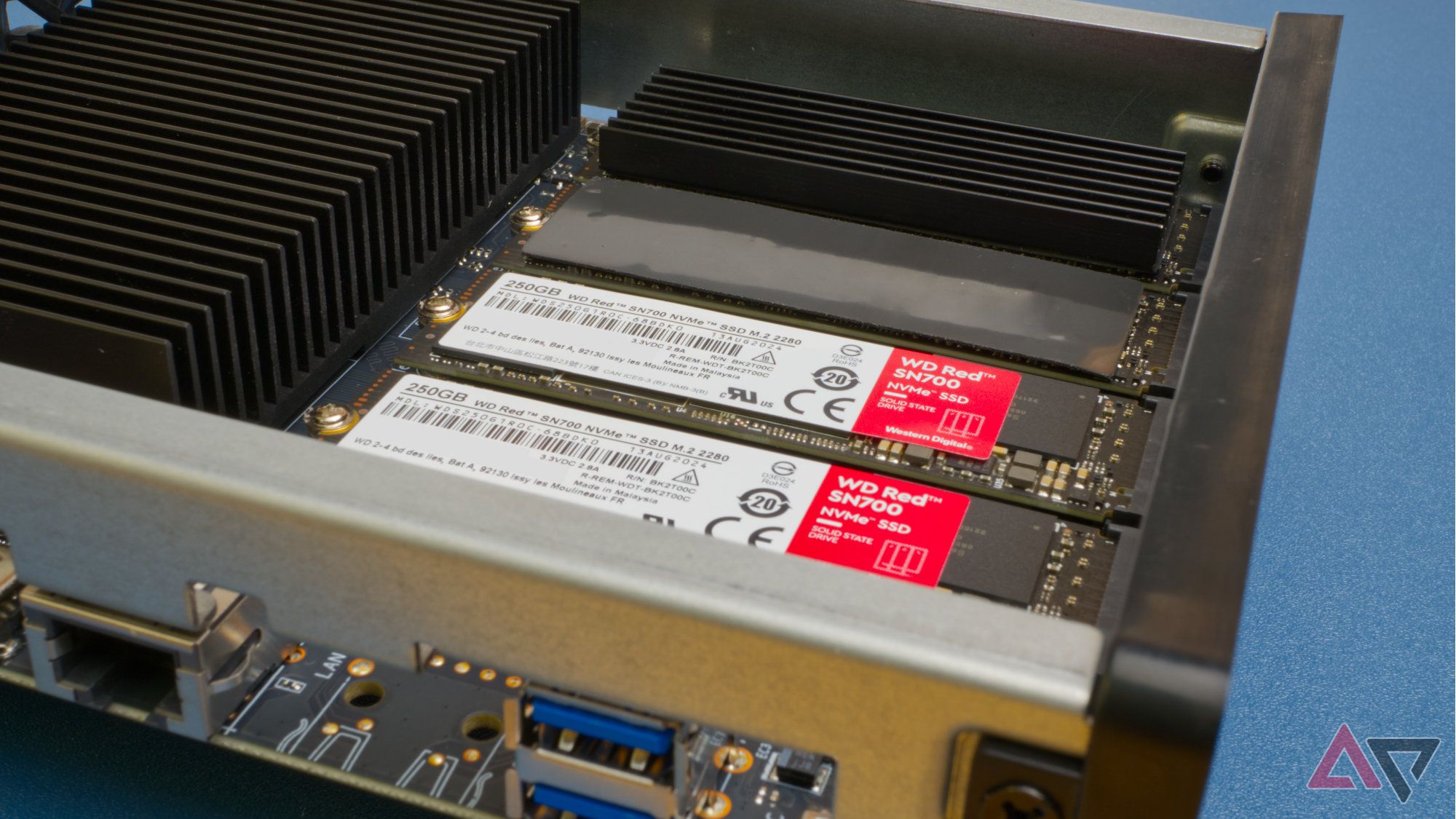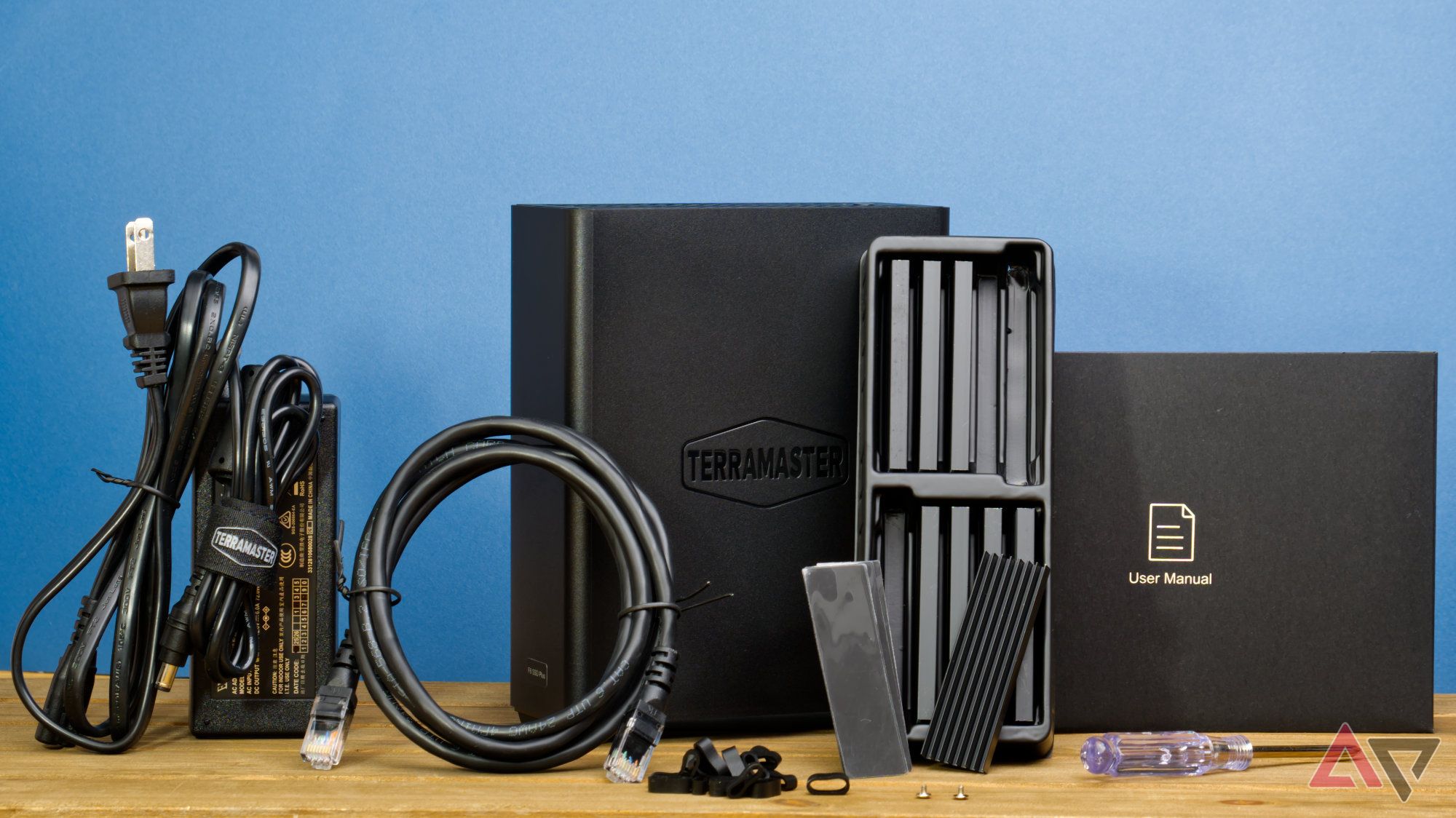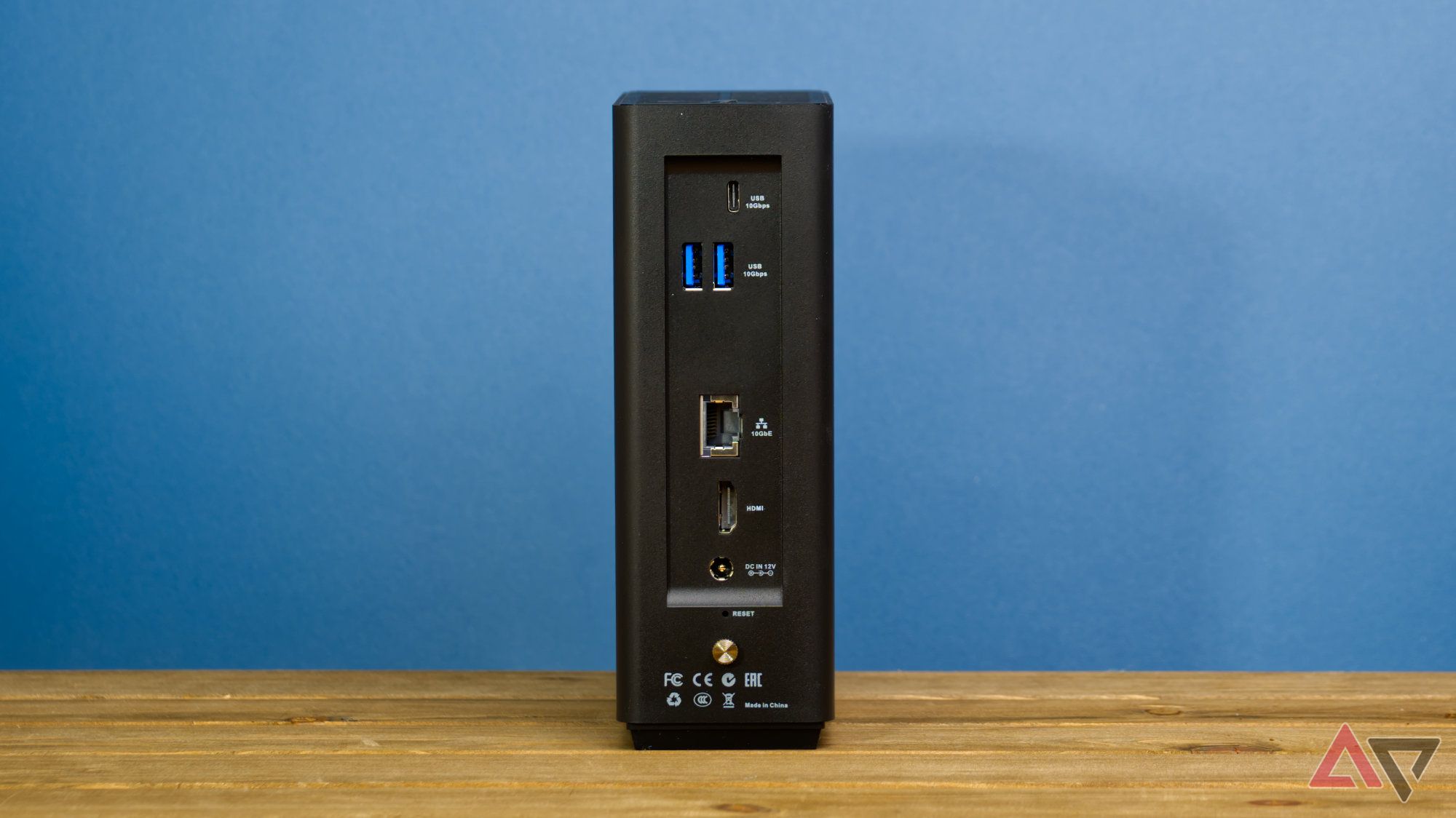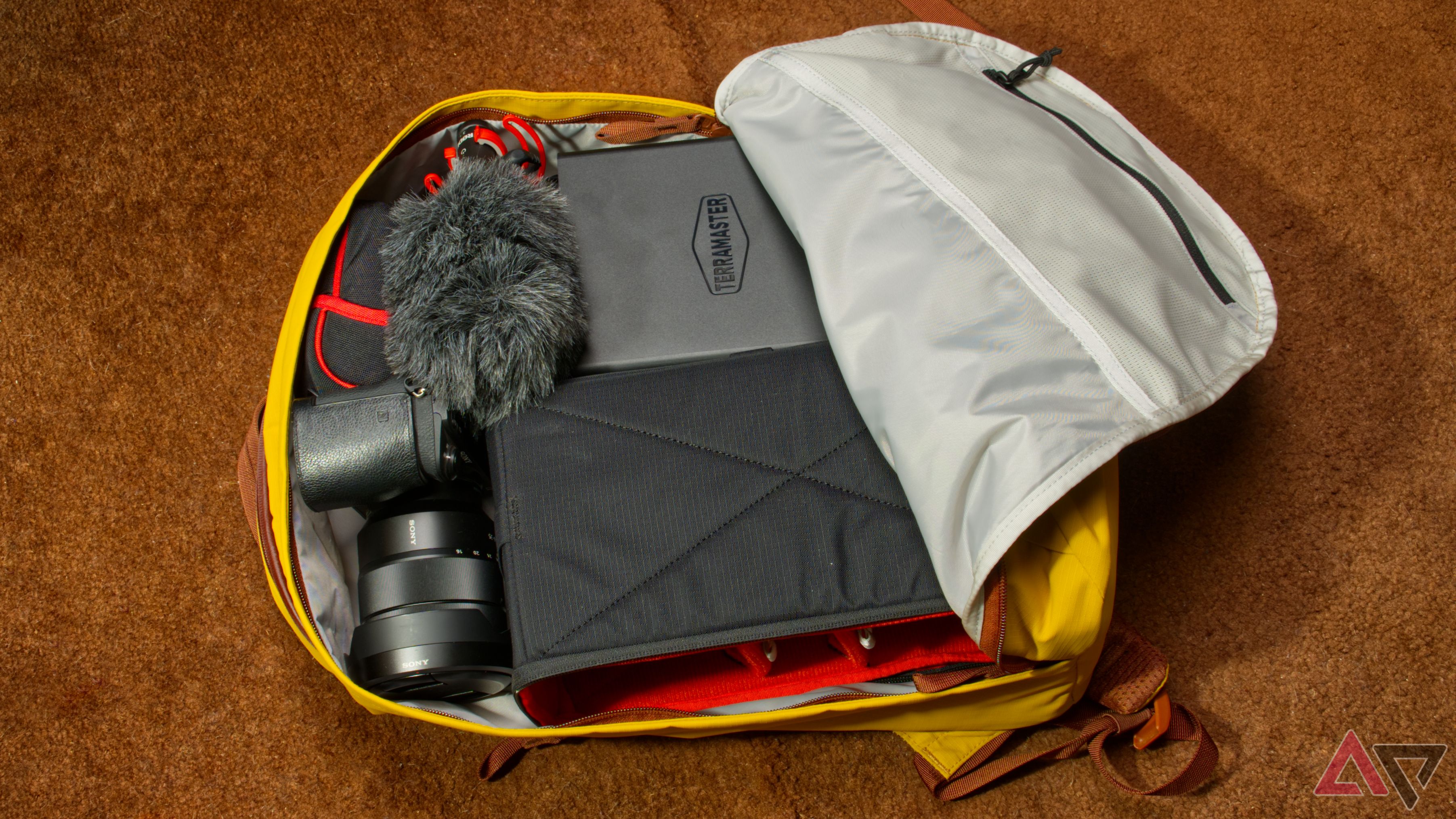While almost everything we use has made the switch to SSDs, NAS solutions remain one of the few device types where HDDs have remained incredibly popular. But what if you needed something else? Alongside a brand new major update to its OS, TerraMaster is rolling out a pair of SSD-only NAS enclosures that offer exceptionally high-performance storage and plenty of processing power for docker containers and virtual machines. And best of all, it’s whisper quiet.
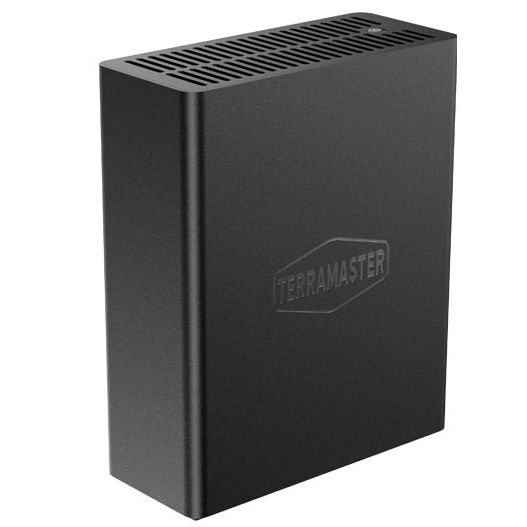

Staff pick
TerraMaster F8 SSD Plus
TerraMaster’s first all-SSD NAS supports eight M.2 NVMe drives with a maximum capacity of 64TB. The enclosure is small and lightweight, making it ideal for travel, and it’s so quiet you may forget it’s there. A high-speed 10Gb Ethernet port enables demanding use cases like video editing and database access to feel like they’re happening on a local computer, and three USB 3.2 ports allow rapid backups to occur with external drives. It’s also equipped with an Intel Core i3-N305 CPU with Intel UHD Graphics, enabling plenty of location processing tasks.
- Whisper quiet operation
- High-speed 10Gb Ethernet port
- Decently portable
- Setup is almost entirely automatic
- Lacks SD reader
- Could have been more portable
- A little expensive for the specs
Price, availability, and specs
TerraMaster is launching two models designed for M.2 NVMe drives: the F8 SSD and the F8 SSD Plus. They’re effectively identical except for the CPU and RAM.
The regular F8 SSD retails for $600 with an Intel N95 CPU and 8GB of RAM. The F8 SSD Plus we’ll be focusing on in this review is more expensive at $800, but it raises the CPU to an Intel i3 N305 and includes 16GB of RAM. Both units can be upgraded to a max of 32GB of RAM, and both CPUs have integrated GPUs, though the N305 GPU is considerably more powerful than the N95.
You can order either directly from TerraMaster’s online store or through Amazon. There is also a launch sale for $100 off, making the price $500 for the base model and $700 for the Plus. Don’t forget to order as many as eight good M.2 2280 NVMe SSDs to fill all the slots.
What’s good about the TerraMaster F8 SSD Plus?
All flash, all substance
There’s no point beating around the bush; the defining feature of the TerraMaster F8 SSD Plus is the use of M.2 NVMe SSDs. The fact is, there are plenty of things to dislike about good ol’ HDDs. They’re loud, not very energy efficient, and fairly large and heavy by modern standards. Most people can overlook a single drive in a desktop PC, but packing several together in a NAS can be hard to ignore, so most people hide the enclosure in a storage room or basement. However, all those drawbacks are either minimized or entirely eliminated by SSDs, and with the added perk of faster read performance.
The TerraMaster F8 SSD Plus is about the size of a USB enclosure for 3.5-inch hard drives, so it’s not small enough to be pocketable, but it can fit easily into a backpack or luggage. TerraMaster’s minimalist design language shows through here, sticking with the signature plain black plastic side walls with just logo cutouts rather than the busier Asustor Flashstor 6 FS6706T.
Vents make up the top and bottom for airflow, and fans at the bottom move air over the SSDs. They’re not totally silent, but they’re quiet enough that you probably won’t notice them without getting really close.
The specs are quite good, featuring the same Intel Core i3-N305 CPU found in the F4-424 Pro. GPU capabilities are supported by Intel UHD Graphics with hardware encoding and decoding most of the major codecs, so it can transcode video live without breaking a sweat. The kit includes 16GB of RAM, but that can be upgraded to 32GB. This probably won’t be necessary unless you need to run some very demanding applications, large, high-demand databases, or virtual machines. On a fresh setup, the OS and default services only add up to about 1.5GB.
Given the high read/write performance of the SSDs, it’s vital that there’s a 10Gb Ethernet port capable of enough speed to edit video directly over the network. Just remember that you’ll obviously need a 10GbE port or adapter on your computer to make use of that speed, and everything between the NAS and computer has to be 10GbE too.
On the software side, we can’t forget that TOS 6 is also launching. There are some very new convenience features, important security improvements, and some very noticeable changes to the UI.
Anybody familiar with TOS 5 will probably feel a little awkward at first. All the major UI components are still present and easy to see, but they’ve moved around the screen just enough that muscle memory might mess with you. It may take time to acclimate, but I mostly like the changes, and everything looks a bit prettier and more animated than TOS 5. And if you can’t find something, there are now search boxes that can be used for quick navigation to settings and apps.
TOS 6 was also updated to Linux Kernel 6.1 LTS for security and performance gains. An enhanced dashboard makes it easier to see system info and stats at a glance, and there are new system monitoring and management features. But perhaps one of the most crucial improvements is that it now fully supports hot swapping — though I haven’t tried this out with SSDs, and I’m not sure if that’s safe yet.
Despite the many improvements, you should expect some bugs. I haven’t run into critical problems, but there are occasional glitches where a window stops responding, or a widget misbehaves. This stuff can usually be solved by refreshing the browser window. One time, I had to reboot because the Docker Engine got stuck, but most things worked well. I remember similar bugs in the upgrade from TOS 4 to TOS 5, and it didn’t take TerraMaster long to sort out most of the issues. Just be prepared for occasional quirks.
What’s bad about TerraMaster F8 SSD Plus?
Customers will tell you what they want, just ask
Marketing for the F8 SSD models isn’t too specific about the theoretical target customer, but when I see a lightweight, relatively compact NAS designed for high-performance SSDs, my first thought is content creators (e.g. YouTubes or filmmakers). Content creators need a lot of storage space and the ability to quickly back up footage from cameras and audio recorders. Also, very critically, many of them need their gear to be portable and easy to travel with. For as much as TerraMaster built the right tool for that crowd, there are several ways the F8 SSD models would have changed if that audience had been asked for input.
I have to begin with the power brick, or more precisely, the 12V barrel connector used for power. Why does this bother me? Put simply, the last thing I want for a very portable storage device is to also keep track of a separate power brick and cable. If the port were Type-C with USB-PD support, it could easily handle the max draw of 45W under heavy load; and more importantly, I would travel with just two or three general-purpose cables and chargers that can take care of things like my laptop, backup batteries, and other gear. Of course, even if the NAS never leaves your desk, a standard charging port is still nice if you want to replace the cable.
An SD card reader would also be a big win for content creators. Most cameras and audio recorders still capture to SD or microSD, and it would be incredibly convenient to simply insert a card and allow the software automation to perform no-click backups.
I’m mostly content with the port selection and speeds, but I’m a bit sad to see the USB ports only operate in host mode. That means you can plug in external hard drives to copy data in either direction, but you can’t plug the NAS into a computer and use it like a standard hard drive. This would be a fantastic feature, particularly because most laptops don’t have 10GbE ports, if they have any Ethernet ports at all, so it would be great to use a USB cable rather than carry around an adapter.
The HDMI port poses another missed opportunity. TerraMaster has put one in almost every NAS, but it’s only useful for observing diagnostic messages during boot and running limited terminal commands. Those are occasionally valuable things, but it feels like the port is going to be wasted otherwise. I was really hoping TOS 6 might finally allow the NAS to function like a standalone media player or desktop PC.
Finally, a simple nitpick about TerraMaster advertising “tool-free installation” with this enclosure. That’s arguably true, but not really. The chassis does have a single thumb screw holding it together, and it’s easy enough to remove to slide off the outer shell to access the RAM and M.2 SSD slots. However, the SSDs themselves are held in place by Phillips-head screws. Nothing about this is unusual, but you’ll definitely need a screwdriver if you plan to install or swap drives in the wild.
Should you buy it?
TerraMaster’s new line of NAS products is impressive, and with the launch of TOS 6, the feature set and quality are coming within striking distance of Synology. The software still has some bugs that may need a few updates to iron out, but nothing signals to me that it isn’t suitable for production use.
The F8 SSD Plus is a bit pricey compared to many of the best NAS solutions, but it’s one of the first in the consumer market to go all in on SSDs, and it’s doing a lot of things right. Performance is great thanks to a fairly powerful CPU (by NAS standards) and the simple fact that it supports up to eight SSDs in a RAID configuration, making read/write operations incredibly fast. Assuming you’ve got the hardware to take full advantage of the 10GbE port, this is one of the best tools available for professionals who need extremely high-speed data to be available for things like editing video over a network.


Staff pick
TerraMaster F8 SSD Plus
TerraMaster’s first all-SSD NAS supports eight M.2 NVMe drives with a maximum capacity of 64TB. The enclosure is small and lightweight, making it ideal for travel, and it remains quiet since the only moving parts are two small fans at the bottom of the case.
Source link

